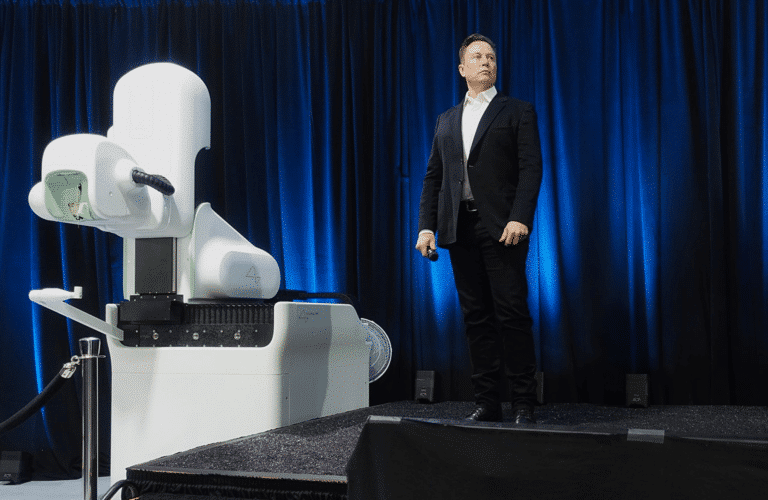Elon Musk remains steadfast in his goal to excel in the field of Artificial Intelligence. A clear example is the enormous investment made last year to launch his personal project: Grok, an AI designed to enhance X (formerly Twitter) and xAI.
Recently, Musk has shared details about the next evolution of this platform, called Grok 2, and has begun to mention its successor, provisionally known as Grok 3. We find ourselves in an intriguing situation, just weeks away from discovering what this new system can offer.
About Grok 2 and Grok 3
The story began on June 30, 2024, when Musk responded to X users about the company’s AI, unexpectedly revealing that Grok 2 would launch in August 2024, placing us only weeks away from its debut.
In the competitive world of artificial intelligence, Musk’s xAI is advancing rapidly. Grok 2, the new generation of xAI’s LLM (Large Language Model) chatbot, promises to surpass current AI models in every aspect, according to Musk. This system has been trained with a vast dataset and cutting-edge techniques, aiming to offer more precise and detailed language comprehension and generation.
Interestingly, Musk has shared these details via his X account in recent days. Since June 30, he has revealed that xAI rented 24,000 H100 GPUs from Oracle to train the AI, a process that has already been completed and is now in the debugging and optimization phase. Although Grok 2 represents a significant advance, Grok 3 is shaping up to be an even greater leap. With training handled by 100,000 NVIDIA H100 GPUs, this evolution reflects a considerable investment in computing power. Grok 3 is expected to process and understand information at unprecedented levels, opening up new opportunities in areas such as scientific research, product development, and content creation.
xAI's race to lead in AI is generating great anticipation in the industry. With the imminent launch of Grok 2 and the potential of Grok 3, the company is poised to set new standards in the capabilities of these systems. However, it is important to remember that the first version of this AI did not have the initially expected impact, and platforms like Google’s Gemini have proven to be more robust. We will have to see how this project develops and is utilized. Nevertheless, one thing is certain: the future of AI promises to be exciting.




